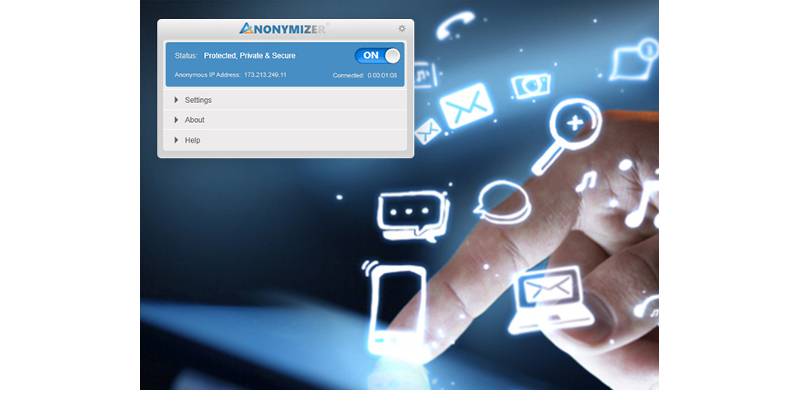

Anyone who has access to such a list - which government authorities could demand using censorship laws - can identify the email users. However, this method requires the remailer service to keep a list of senders and receivers. The remailers can then work backwards to allow the recipient to reply via the same channel. Certain remailers, known as nym servers, keep records of the nodes through which an email passes as it is anonymized. In other words, you can’t reply to messages routed through an anonymous remailer. The main drawback of most anonymous remailers is that, because the recipient doesn’t know the sender’s identity, communication is one-way. Most remailer services support multiple types of remailers as long as you familiarize yourself with the requirements of the service you want to use, you should be able to hide your identity effectively. They vary in the details of their design, but in general they offer the same features. There are three main types of anonymous remailers: cypherpunk, mixmailer and mixminion. They provide a way to anonymize any email, not just ones from a particular site like Craigslist does.

Other anonymous remailers are designed to offer broader privacy protection. If that sounds a little like what sites like Craigslist do when you send email to strangers, that’s because they use anonymous remailers so users can communicate without revealing their true identities. That way, the email recipient can’t trace the message back to its origin. They work similarly to Tor in that they route your email through multiple nodes. But that’s different from hiding your identity from the recipient.Īnonymous remailers make it possible to obfuscate your identity when sending email. You can gain some privacy in email by using a provider that doesn’t track you. Here’s an overview of how they work and where to access them. Want to send email anonymously? Anonymous remailers provide a solution.


 0 kommentar(er)
0 kommentar(er)
